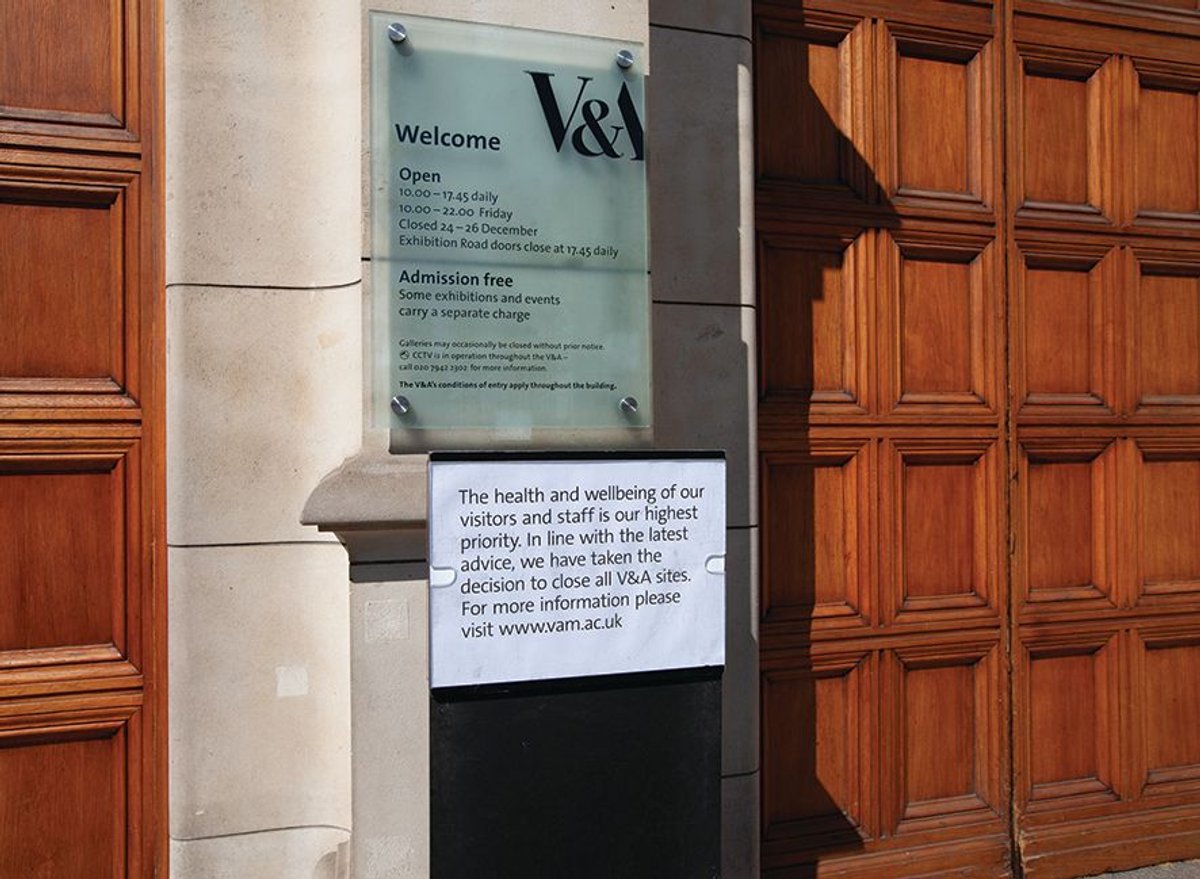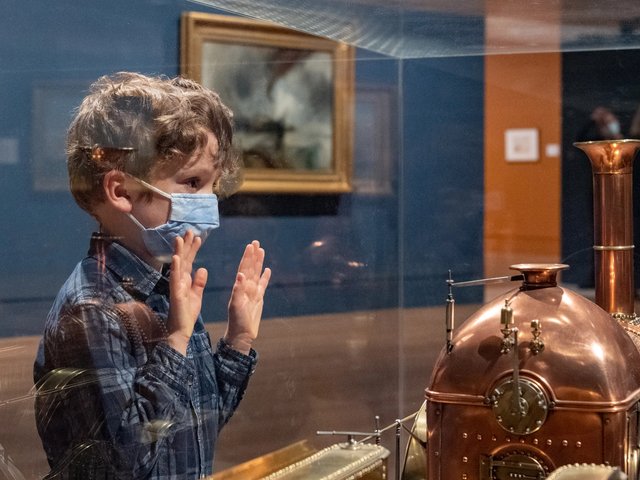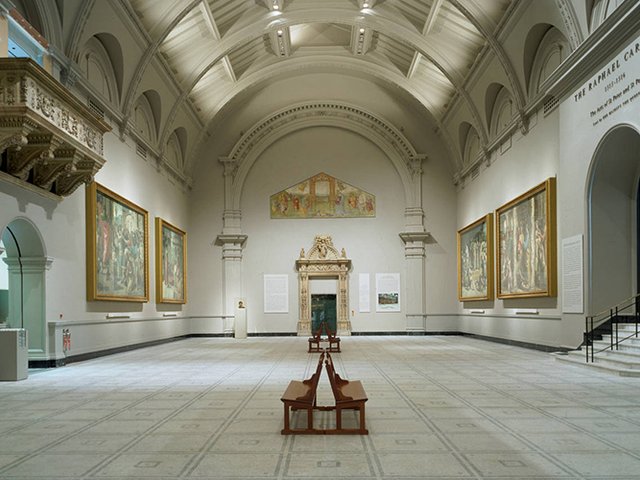The Victoria and Albert Museum (V&A) in London faces severe challenges from the coronavirus (Covid-19) pandemic and the last national lockdown. Although the museum reopened on 2 December, visitor numbers will take years to recover, with a drastic impact on income. The Art Newspaper can report that, as a result, the V&A is now likely to remain closed on Mondays and Tuesdays until at least early 2022.
The museum had just been gearing up for a dynamic autumn when it was hit by the second lockdown on 5 November. Tim Reeve, the V&A’s deputy director, admits that logistically it is easier to deal with than the first closure last March, partly because a significant number of staff can work in the building. But what has been lost is the momentum after the 6 August reopening following the first lockdown.
In August, the V&A attracted only 15% of its pre-Covid-19 level of visitors, but Reeve had been hopeful that a series of openings in November would act as a real boost. The Renaissance Watercolours display had been due to open on 12 November, the conserved Raphael Court with the master’s great tapestry cartoons on 14 November and the already delayed Bags: Inside Out exhibition on 21 November. The watercolour display opened on 2 December, Bags is due to open on 12 December and the Raphael cartoons will be back on show from 16 January 2021.
The museum has also faced a difficult decision over opening hours. Reeve wants to offer visitors “the V&A they know and love, rather than opening seven days and spreading things too thinly, by perhaps closing some of the galleries”. This means that the museum will remain closed on Mondays and Tuesdays for the whole of 2021 into early 2022.
Nearly half of the V&A’s visitors come from abroad and it will take time for international tourism to recover—possibly up to two to three years. The museum is projecting that it may get “less than 50% of its pre-Covid-19 level of visitors” in 2021/22.
But to get back to the 3.7 million visitors that it welcomed at South Kensington in 2019/20 will prove a longer-term challenge. “It will take two to three years to get a reasonable recovery, but it could even be five years to reach the pre-Covid highs,” Reeve says. “Consumer confidence about busy, enclosed spaces will take a long time to recover.”
The pandemic has certainly had an impact on the V&A. Two security staff from Wilson James, which provides services to the museum, have died from Covid-19. Consultation is under way for the equivalent of 85 full-time staff to be made redundant, with possible further job losses likely.
Meanwhile the V&A is pressing ahead with development projects, particularly V&A East on the former Olympic site in east London. Work stopped for six weeks during the first lockdown and progress since has slowed with social distancing. The anticipated 2023 opening of both V&A East and the nearby collection and research centre is likely to be delayed.
As part of the government’s £1.57bn rescue package for UK culture, £100m has been allocated for national museums and other English bodies. The money is being made available in tranches, with initial sums already disbursed. The Art Newspaper understands that around £5m has been provisionally allocated for the V&A.
In 2019/20 the V&A earned £64m of self-generated income, 55% of its total income (with much of the remainder coming from government grant-in-aid). “In some ways we are now a victim of our own success”, Reeve says. National museums are likely to lose well over half their self-generated income in the current financial year, and on this basis it could mean a loss of more than £30m for the V&A. The government’s emergency assistance might therefore make up around less than a fifth of the 2020/21 loss.
The wider picture
Caroline Norbury, the head of the Creative Industries Federation, warned in November that “while safety must be a priority… a second lockdown will have a devastating impact on the UK’s world-leading creative sector”.
Some museums in England, including those in London, have been allowed to reopen since 3 December, while others remain closed due to local restrictions. All UK museums shut in March; although some reopened between July and September, many did not, and all closed again on 5 November.
The government’s furlough scheme, which supports up to 80% of wages for those not working, is now being extended until next March. A Museums Association survey shows that by late October, 3,608 museum staff had been made redundant in the UK.
Looking ahead, museums will be lobbying for further emergency money for 2020/21 and the national museums for support in the delayed Comprehensive Spending Review for the following two financial years.




